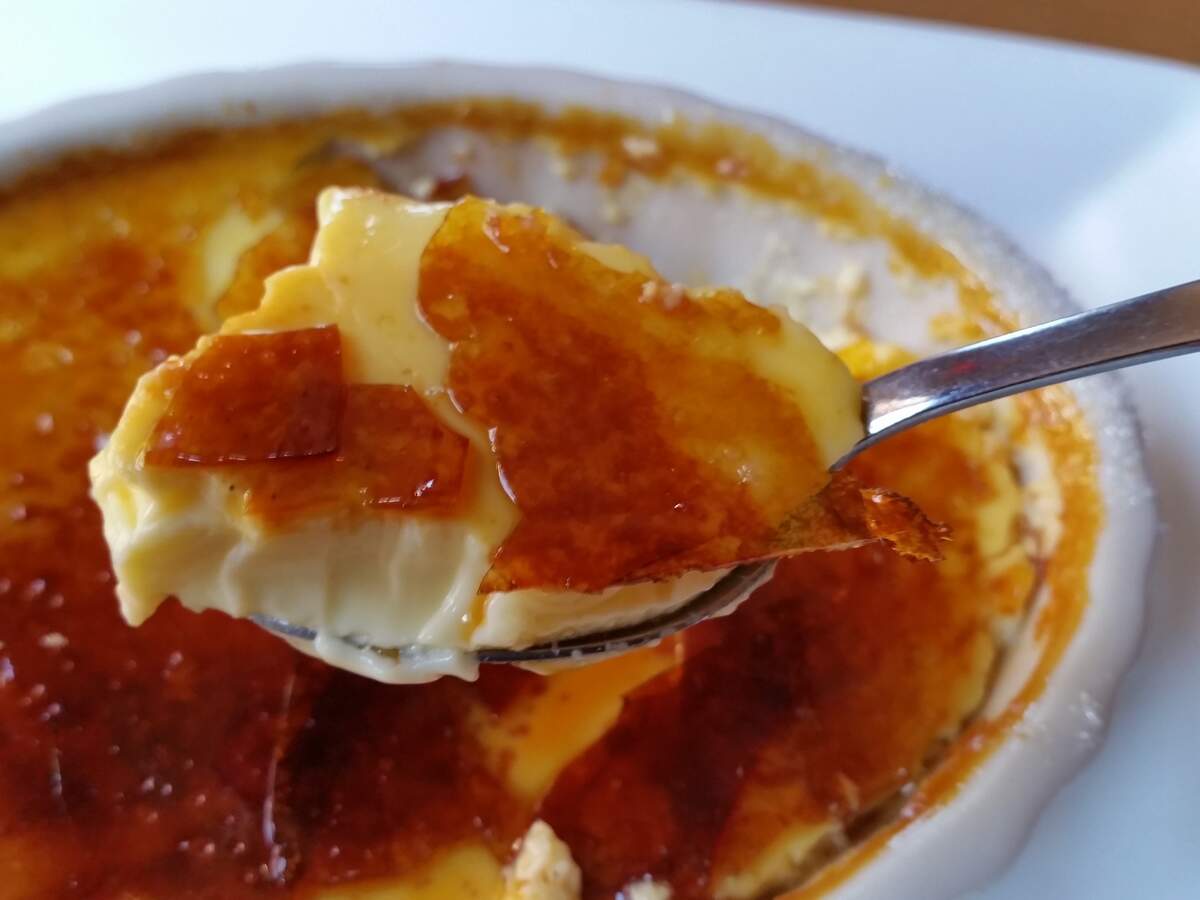

National Crème Brûlée Day
Observed
annually on July 27th
Dates
Tags
Food & Drink
Snacks & Desserts
Hashtags
Sources
https://foodimentary.com/2018/07/21/july-21st-is-national-creme-brulee-day-2/
https://web.archive.org/web/20130718132255/http://eatocracy.cnn.com/2011/07/27/breakfast-buffet-national-creme-brulee-day/
https://www.her.ie/life/food-for-thought-a-short-history-of-creme-brulee-118858
https://www.stonewoodgrill.com/On-Cr%C3%A8me-Br%C3%BBl%C3%A9e-Day--Digging-into-Dessert-History-1-97.html
Move out of the way, it's time for some crème brûlée! The much-adored confection has a custard interior with a caramelized "burnt sugar" top. The custard is usually flavored with vanilla, but it is sometimes flavored with lemon or orange zest, other fruits, chocolate, pistachio, coconut, coffee, or a liqueur. The caramel may be prepared separately and then placed on top, but it is usually made directly on the crème brûlée before being served: sugar is sprinkled on top of the custard, and it is caramelized under a broiler or salamander, with a butane torch, or by being flambéed with liquor. The dessert is usually served in a ramekin.
Crème brûlée became prominent in the United States in the 1980s. Previously, Julia Child, an American chef who focused on French cuisine, had been a proponent of it and had shown Americans how to prepare it on her television program. The history of the dessert goes back much further than the twentieth century, however. Its main component, custard, was popular all the way back in the Middle Ages.
The earliest reference to crème brûlée dates to 1691, when it appeared in Cuisinier Royal et Bourgeois, a cookbook by French chef Francois Massialot. In Britain, a version of the dessert became the traditional dish at Trinity College in Cambridge. Beginning in 1879, it was made with the college arms branded into its cream top. It was known as Trinity Cream, Trinity Burnt Cream, or Cambridge Burnt Cream. Spain also is known for creating a dish centuries ago that is similar to crème brûlée. The story of the origins of crema catalana says that nuns undercooked flan that they were preparing for a bishop, which left it with a consistency not unlike custard. To try to remedy it, they put sugar on its top, and the heat caused it to crust. In contrast to crème brûlée, which is usually flavored with vanilla, crema catalana is normally flavored with lemon zest, orange zest, and cinnamon.
How to Observe National Crème Brûlée Day
Celebrate the day by eating some crème brûlée! You could make a traditional version of the dish or a variation on it. You could also have some at a restaurant.





















